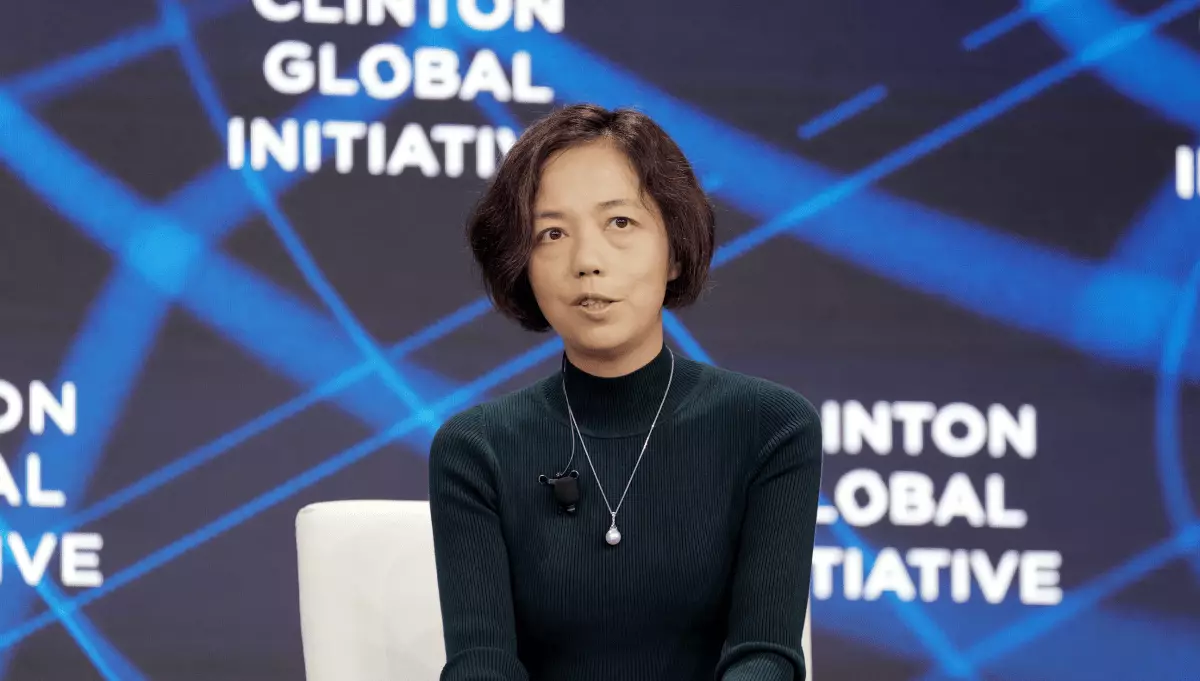Artificial General Intelligence, commonly referred to as AGI, remains one of the most enigmatic frontiers in the field of artificial intelligence. While companies like OpenAI are investing vast resources—recently raising $6.6 billion—to achieve this ambitious goal, the very essence of AGI poses perplexing questions that experts struggle to answer. The term AGI is often bandied about in discussions about the future of technology and mankind, yet its complete meaning seems elusive, even to its proponents.
Fei-Fei Li, a pivotal figure in modern AI research, openly admits to her own uncertainty regarding AGI. During a recent panel at the Credo AI’s Responsible AI Leadership Summit held in San Francisco, Li revealed that despite her monumental contributions to AI—most notably the creation of ImageNet—she remains uncertain about what defines AGI. Her notable perspective offers a refreshing acknowledgment of the confusion surrounding AGI, articulating that with the rapid development of AI technologies, clear definitions can become muddied.
Li’s insights contrast sharply with the ambitious goals set forth by OpenAI CEO Sam Altman, who attempts to define AGI as akin to a “median human” that can be employed as a coworker. However, Li raises valid concerns about the implications of such a simplistic characterization. The definition feels inadequate given OpenAI’s extensive framework, which includes various levels of AI capabilities, from basic chatbots to organizations capable of functioning autonomously. This complexity calls into question not just what AGI is, but also what it might entail for humanity if achieved.
As Li aptly states, the sheer diversity in AI capabilities necessitates a much more nuanced conversation. The possibility of achieving AGI is still a distant concept clouded with uncertainty, making it essential for discussions, like those at the summit, to remain grounded in tangible ethics and practical consequences, rather than abstract aspirations. The urgency for a clear understanding is compounded by the potential threats posed by advanced AI models, emphasizing the need for accountability in AI development.
Reflecting on her career, Li describes her early fascination with intelligence and her quiet efforts in shaping the AI landscape long before it gained commercial traction. She vividly recalls the pivotal moment in 2012, when the convergence of big data, sophisticated neural networks, and cutting-edge GPU technology catalyzed a revolution in AI research. This historical context is vital; it reminds us that today’s AI landscape is built upon decades of academic rigor, not mere profit-driven motivations.
Li’s journey also serves as a reminder of the evolving nature of AI technologies. As breakthroughs emerge, it necessitates a reflective approach to both the promises and perils associated with such advancements. Her acknowledgment that the development of AGI is far more complex than merely imitating human behavior holds significant weight, particularly in the face of pressing societal implications. It’s essential to recognize that intelligence manifests in various forms beyond just language, a sentiment that underscores the complexities of burgeoning technologies.
Another critical aspect of Li’s address was her engagement with California’s recent AI regulation decisions, particularly the controversial SB 1047 bill. Despite the bill’s veto, Li took an optimistic stance towards shaping future regulations, underscoring the importance of evidence-based approaches. She emphasizes that accountability should not fall disproportionately on technology but should include comprehensive societal frameworks. Her argument is reminiscent of discussions about car safety regulations: it isn’t just about punishing engineers for misuse but enhancing safety across the board, thereby fostering an environment conducive to innovation.
Li’s role in advising California positions her at the center of an ongoing dialogue about responsible AI deployment. Her commitment to bridging academic insights with real-world applications allows her to advocate for a nuanced regulatory structure that addresses the potential consequences of AI while still promoting responsible innovation.
A key takeaway from Li’s dialogue is her emphasis on the necessity for diversity within the AI sector. She observes that a richer collaborative environment, reflective of diverse human experiences, will yield better outcomes in AI development. This understanding is particularly salient as the industry grapples with challenges surrounding bias and inclusion. Ensuring that varying perspectives are heard will likely lead to more equitable and effective technological solutions.
Li’s vision for “spatial intelligence,” a term she uses to describe the complexity of making machines not just perceive but also comprehend the 3D world, signals the next phase in AI evolution. The challenge ahead is not only about seeing but also about action—a stark reminder that the path to realizing AGI encompasses a broader understanding of nuanced human experiences.
The reflections from Li serve as a valuable compass in navigating the labyrinth of AGI discourse. Being both an accomplished researcher and a responsible advocate, her perspectives remind us that the journey toward understanding AGI is as critical as the technological advancements themselves. By fostering discussions rooted in ethics, inclusivity, and a commitment to accountability, the AI community can better prepare for the complexities that lie ahead—ensuring that the pursuit of AGI genuinely benefits humanity at large.


Leave a Reply